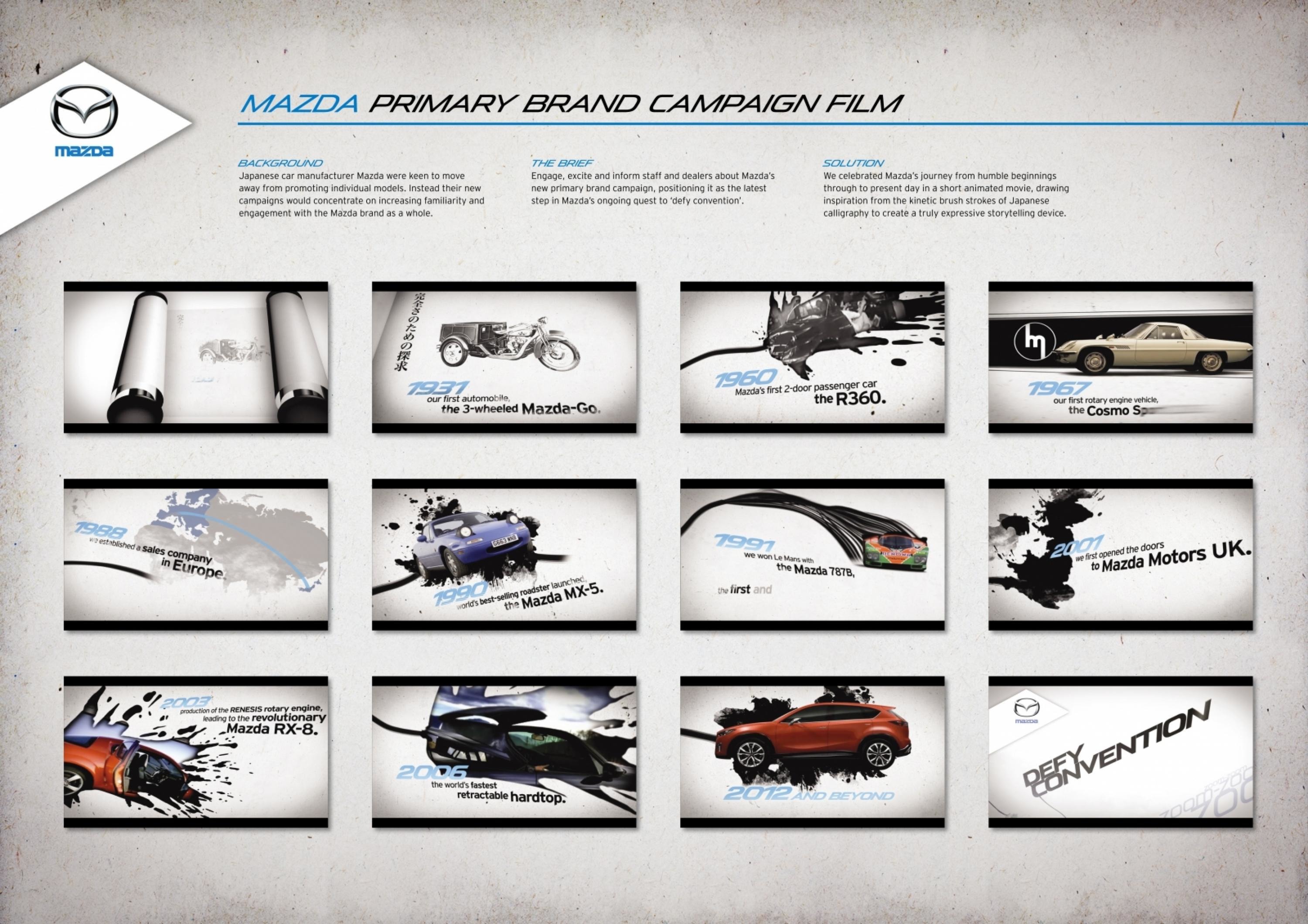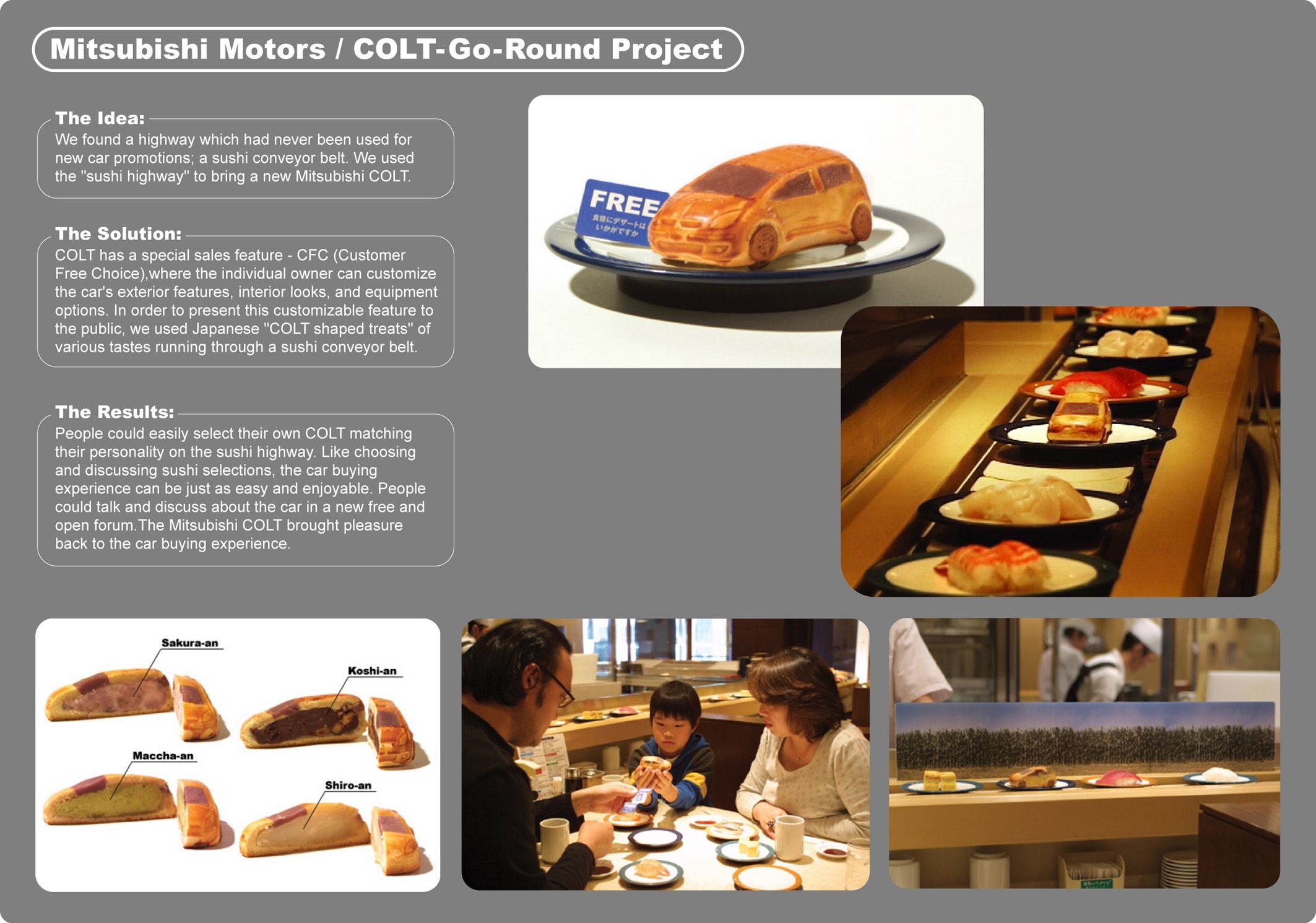Cannes Lions
Tallest Building on the Internet
MRM//McCANN, Salt Lake City / MITSUBISHI / 2019


Overview
Entries
Credits
Overview
Background
1. Break Through the “Familiarity”
Despite having higher quality perceptions in niche segments of the building industry, Mitsubishi Electric’s awareness as a multiple-building-systems manufacturer was low. This made it difficult to break through the vendor buddy-system and revolutionize the building process.
2. Ad-Hoc Buying Is Building Tradition
Commercial building developers prefer the familiar over the new, and what’s familiar is buying parts and systems ad-hoc from traditional vendors. Developers rely on their “HVAC guy” for HVAC systems, their “lighting guy” for lighting systems, and their “elevator guy” for elevator systems—who all offer volume discounts, establishing the tradition that this is the best way to get value in their building.
3. A New Way to Sell
Mitsubishi Electric needed to disrupt this traditional commercial building-buying process away from ad-hoc system vendors with a new cross-selling campaign that:
- Launches whole building solutions
- Drives microsite leads
- Delivers 150 leads
Idea
Constructing a building is ridiculously complicated. It requires marrying together an unfathomable number of parts. Consequently, builders have resorted to thinking about their buildings as a collection of individual parts. In fact, they are so focused on these individual parts that they have become blind to the building going up around them.
They should be thinking about their building holistically, integrating key systems to make it a better and more efficient building as a whole. We needed a way to disrupt this building tradition and get builders to step back and see their building as a cohesive whole.
Mitsubishi Electric created the “Tallest Building on the Internet” to show building developers the power of constructing a building holistically with a partner who can supply and integrate a building’s key systems. The Tallest Building on the Internet is an innovative and interactive experience that says, “Together, we can build better buildings.”
Strategy
A Building Is More than the Sum of Its Individual Parts
Think about it: Constructing a building is ridiculously complicated. It requires marrying together an unfathomable number of parts and systems. Consequently, building developers have resorted to thinking about their buildings in individual parts and systems. In fact, they are so focused on these individual parts that they have become blind to the building going up around them.
Because of this, they rely on individual vendors on an ad hoc basis to supply the systems they need. When in reality, developers should be thinking about their building as a whole. Utilizing the right partner to integrate cohesive systems to create a better and more efficient holistic building.
So Mitsubishi Electric built the “Tallest Building on the Internet” to illustrate the combined power of its building systems.
Execution
Designing the Tallest Building on the Internet had its complications. First, the building had to accurately depict each technology displayed. Then, each section of the building needed to be distinct and compelling enough to get visitors to stop, enter, and engage. Third, it needed to incorporate some sort of technology that would pay off its promise, “The Tallest Building on the Internet,” and convey to users the feeling of an immensely tall building. Last, each section needed to precisely align with the other sections of the building to create a seamless experience.
Technologically, the Tallest Building on the Internet needed a light and cross-platform website that would look and function great now, and be expanded upon later when new technologies are added. To achieve this, Mitsubishi Electric used Cinema 4D to model and render the building and its floors. The 1,920-x 1-920-pixel square computer-graphics render was now easily cropped to fit any platform, from computer to tablet to smartphone.
Unlike most websites, where visitors start at the top of the page and move down, visitors were asked to enter the building at ground level and then scroll up to navigate and interact with the different floors. This combination of reverse scrolling and 3-D motion gave visitors the feeling of moving up a tall building.
Vue.js, GreenSock, and JavaScript were used for the site structure, animation, and performance; MP4 videos were used to animate the building through the floors. This took over seven months to complete and launch.
The finished digital skyscraper featured six floors of unique system technologies that each featured custom videos bringing that specific technology to life and demonstrating its benefits. This allowed visitors to see firsthand how its innovative approach to a building’s key systems brings the right solutions in an impactful, efficient, and more profitable way.
Outcome
It turns out that building developers were intrigued by the unique concept behind the “Tallest Building on the Internet.” Visits to The Tallest Building on the Internet and the time spent exploring and learning were well above expectations.
The site generated:
- 38M impressions
- 527 leads (more than 3x the initial goal)
- CTR 0.23% (industry benchmark 0.10%)
- Click-to-site 59% (industry benchmark 40%–60%)
- Authenticity score 99%
- Banner viewability
- Bounce rate 51% (industry benchmark 80%–90%)
- Time on site 1:31 (industry benchmark 0:20–0:40)
- Site video completion 54% (industry benchmark 30%–35%)
Mitsubishi Electric more than tripled its sales-lead-generation goal of 150. The Tallest Building on the Internet earned the attention of its intended audience, and gave visitors the reason to learn more about why its innovative and holistic building approach results in a better building with a better total cost of ownership.
Similar Campaigns
12 items







